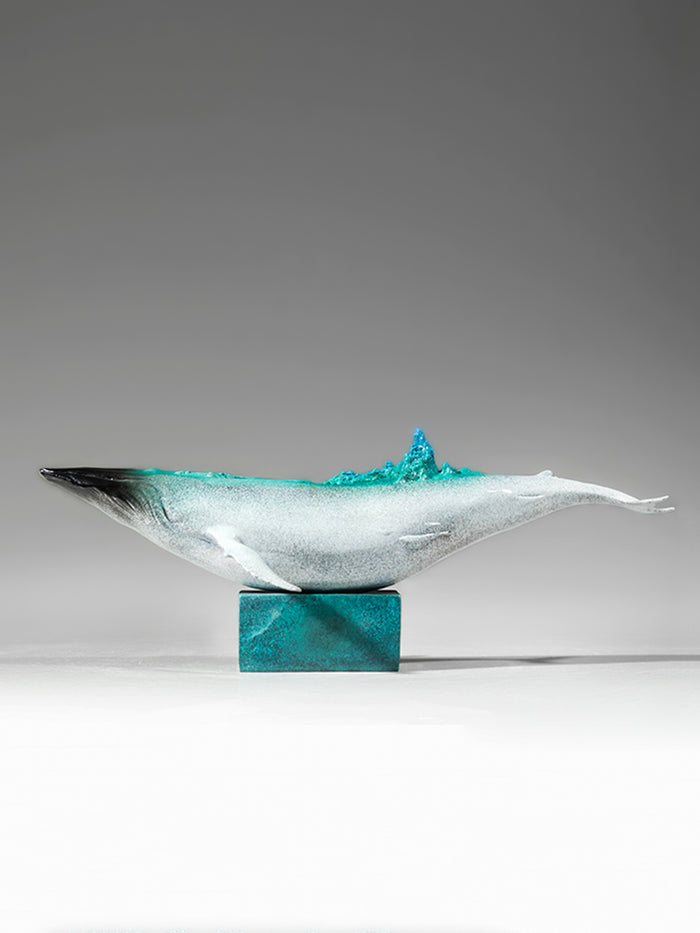
# Chinese Traditional Handicrafts: A Timeless Cultural Heritage
Keyword: Chinese crafts
The Rich Tapestry of Chinese Crafts
For thousands of years, Chinese traditional handicrafts have served as both practical items and artistic expressions, embodying the wisdom and creativity of Chinese civilization. These crafts represent not just technical skills passed down through generations, but also the philosophical and aesthetic values deeply rooted in Chinese culture.
Porcelain: The White Gold of China
Chinese porcelain, often called “china” in the West, stands as one of China’s most significant contributions to world art. The delicate blue-and-white porcelain from Jingdezhen, the colorful famille rose porcelain, and the simple yet elegant celadon all showcase the extraordinary skills of Chinese artisans. The firing techniques developed during the Song and Ming dynasties remain unparalleled even today.
Silk: The Fabric of Emperors
Silk production, dating back to around 2700 BCE, represents another pinnacle of Chinese craftsmanship. From the intricate patterns of brocade to the subtle beauty of plain silk, Chinese textile artists developed weaving and dyeing techniques that produced fabrics fit for royalty. The Silk Road got its name from this precious commodity that was coveted across continents.
Lacquerware: Shining Through Centuries
Chinese lacquerware, made from the sap of lacquer trees, demonstrates remarkable durability and beauty. Artisans layer the lacquer, sometimes incorporating gold leaf or mother-of-pearl, to create objects that maintain their luster for centuries. The lacquerware techniques developed during the Han dynasty continue to influence artists today.
Paper Cutting: Folk Art in Scissors
Chinese paper cutting, or jianzhi, transforms simple red paper into intricate designs symbolizing good fortune and happiness. This folk art, often practiced during festivals and celebrations, ranges from simple patterns to elaborate scenes depicting Chinese legends and daily life.
Cloisonné: The Jewel of Metalwork
Cloisonné, known as jingtai lan in Chinese, combines metalwork and enamel to create vibrant decorative objects. The technique involves creating compartments (cloisons) with metal wires, then filling them with colored enamel paste before firing. The resulting pieces display brilliant colors and intricate patterns unique to this art form.
Preserving Tradition in Modern Times
Today, Chinese crafts face the challenge of maintaining traditional techniques while adapting to contemporary tastes. Many artisans and organizations work to preserve these cultural treasures, ensuring that future generations can appreciate the beauty and craftsmanship of China’s artistic heritage. From museum exhibitions to craft villages keeping ancient methods alive, Chinese traditional handicrafts continue to inspire awe and admiration worldwide.
